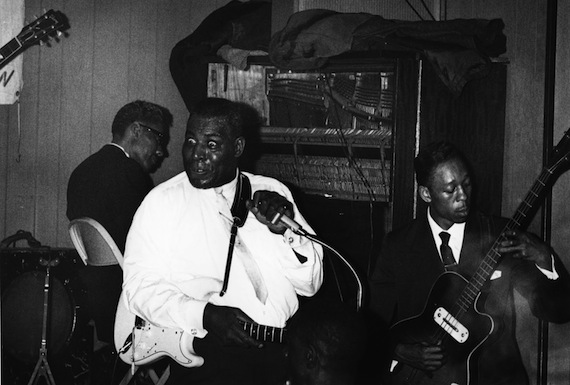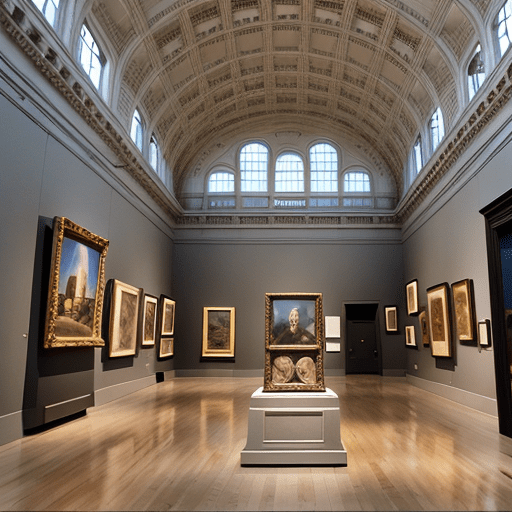The Evolution of Chicago Blues: From Delta Roots to Electric Mastery
Chicago blues, a genre of music deeply rooted in the city of Chicago, Illinois, has captivated audiences with its electrifying sound and soulful storytelling. Emerging from the migration of African Americans during the early twentieth century, Chicago blues incorporated elements from earlier blues traditions, such as Delta blues, while adopting an urban style. This article delves into the rich history and influential figures that shaped the Chicago blues scene, exploring the evolution of the genre and its impact on the broader music landscape.
Origins and Influences
The origins of Chicago blues can be traced back to the Great Migration, a movement of African Americans from the southern United States to northern industrial cities like Chicago. This migration brought a diverse range of musical traditions to the Windy City, including the raw and emotional sounds of Delta blues. Notable figures such as Muddy Waters, Son House, and Robert Johnson were among those who made the journey to Chicago, bringing their unique styles and experiences with them.
This music reflects the urban environment in which it developed. Bruce Iglauer, founder of Alligator Records, describes it as having an “industrial sense.” The blues transitioned from its rural roots, incorporating new perspectives and experiences. The lyrics shifted from tales of working on levees and mules to encompass the struggles and realities of urban life.

The Sound of Chicago Blues
One of the defining characteristics of Chicago blues is the prominent use of electrified instruments, particularly the electric guitar. Pioneers like Muddy Waters and Howlin’ Wolf embraced the electric guitar, amplifying its sound and infusing it with passion and intensity. This departure from the acoustic sound of earlier blues traditions allowed for greater volume and expression.
To enhance the electric guitar’s impact, artists employed electronic effects such as distortion and overdrive. These effects added a gritty and raw quality to the music, amplifying the emotions conveyed in the lyrics. The harmonica also played a crucial role in developing the genre, often accompanying the electric guitar and providing melodic and soulful solos.
The Birth of Chicago Blues: Maxwell Street

Maxwell Street, one of the largest open-air markets in the nation, became an incubator for this music. Musicians would perform there, earning tips and jamming with fellow artists. This vibrant street scene provided a platform for aspiring musicians to hone their skills and gain recognition. From street performances to house parties, the blues gradually made its way into dedicated blues clubs, solidifying its place in Chicago’s music culture.
One of the most legendary blues clubs was Ruby Lee Gatewood’s Tavern, affectionately known as “The Gates.” It attracted renowned musicians from all over, and during the 1930s, nearly every big-name artist performed there. These clubs became the breeding grounds for innovation and creativity, where artists pushed the boundaries of the blues and experimented with new sounds.
The Commercialization of Chicago Blues
Record companies played a pivotal role in promoting and spreading this music to a wider audience. Labels like Chess Records, Paramount Records, and RCA Victor recognized the commercial potential of the genre, propelling it into the mainstream. These companies provided opportunities for artists to record their music and reach a larger fan base.
The influence of Chicago blues extended beyond the borders of the United States. In the 1960s, British musicians, including the Rolling Stones, the Yardbirds, and the Animals, were heavily influenced by the Chicago blues sound. They incorporated elements of the genre into their own music, sparking the British blues movement. Conversely, American artists like the Paul Butterfield Blues Band and John P. Hammond continued to perform in the Chicago blues style, ensuring its enduring legacy.
The Impact on Rock Music
Chicago blues was a significant influence on the development of rock music. Chuck Berry, one of the pioneers of rock and roll, originally signed with Chess Records, one of the most prominent Chicago blues labels. Muddy Waters, who had a profound impact on Berry, suggested that he audition for Chess Records. This collaboration between blues and rock artists laid the foundation for the rock music that followed.
The British invasion of the early 1960s saw British bands infusing their music with Chicago blues elements. The Rolling Stones, the Yardbirds, and the Animals all drew inspiration from the blues, incorporating its raw energy and emotional depth into their sound. This fusion of blues and rock led to the emergence of blues rock, exemplified by bands like Cream, Rory Gallagher, and the Allman Brothers Band.
Preserving the Legacy: The Chicago Blues Festival
To preserve and celebrate the rich heritage of blues music, the annual Chicago Blues Festival has been held since 1984. Taking place on the anniversary of Muddy Waters’ death, the festival showcases both established and up-and-coming blues artists. It serves as a testament to the enduring appeal and cultural significance of blues music from Chicago, attracting visitors from around the world.
This incredible sound stands as a testament to the resilience and creativity of African American musicians who migrated to the city during the Great Migration. From its humble beginnings on the streets of Maxwell Street to its global influence on rock music, these melodies have left an indelible mark on the musical landscape. Its electrified sound, powerful lyrics, and distinctive style continue to captivate audiences, ensuring that the legacy of blues music from Chicago will never fade away.



